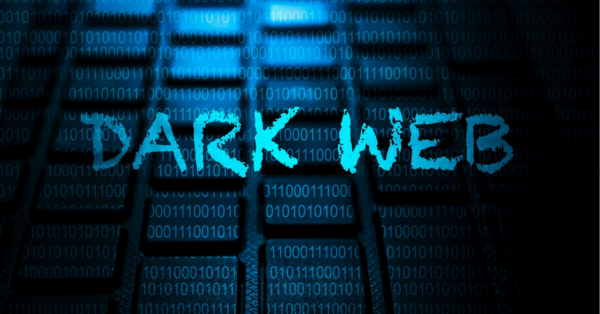 For most people, using the internet means opening a Google browser, or scrolling through social media apps like Facebook, YouTube, or Instagram. However, there are parts of the internet that go beyond what most people know and use. These are the deep web and the dark web. Understanding these layers is crucial, not only for cybersecurity enthusiasts but for anyone who values online privacy and security.
For most people, using the internet means opening a Google browser, or scrolling through social media apps like Facebook, YouTube, or Instagram. However, there are parts of the internet that go beyond what most people know and use. These are the deep web and the dark web. Understanding these layers is crucial, not only for cybersecurity enthusiasts but for anyone who values online privacy and security.
1. The Surface Web
The surface web, also known as the clear web, is the part we interact with daily. It comprises websites indexed by popular search engines like Google, Bing, and Yahoo. Social media platforms, online shopping sites, and news websites all reside here. Accessible through standard web browsers, it forms just a small fraction of the entire internet.
2. The Deep Web
Beyond the surface lies the deep web, a vast territory not indexed by standard search engines. Here, you'll find private databases, government records, secure personal accounts (like email and online banking), subscription-based platforms, and academic journals. It requires specific credentials or knowledge of URLs for access and serves as a secure space for sensitive information.
3. The Dark Web
The deep web is an intentionally concealed part of the internet. Accessible through tools like TOR (The Onion Router) or I2P (Invisible Internet Project), the dark web prioritizes anonymity. While it provides a haven for privacy-seeking individuals, including whistleblowers and political activists, it also harbors illegal activities like drug and weapon trade, data theft, hacking services, and more.
Key Differences: Surface Web, Deep Web, and Dark Web
- Accessibility: The surface web is easily accessible through standard browsers, while the deep web requires specific credentials. The dark web, however, demands special software like TOR for access.
- Content: The surface web contains publicly available content, the deep web hosts private and secure data, and the dark web features both legal and illicit content.
Accessing the Dark Web
Accessing the dark web requires specific tools and precautions to maintain anonymity and security. Two essential components are the TOR browser and a Virtual Private Network (VPN). The TOR browser anonymizes your internet activity, while a VPN adds an extra layer of privacy by encrypting your internet traffic and masking your IP address.
Crucial Tips for Navigating the Dark Web Safely:
- Choose a Reputable VPN Provider: Ensure your VPN is trustworthy and connect to it before launching the TOR browser.
- Beware of Legal and Security Risks: The dark web hosts illegal content that poses serious risks, including malware, phishing, and cyber attacks.
- Practice Privacy and Security: Use strong, unique passwords, enable two-factor authentication, and avoid sharing personal information.
- Consider a Separate Computer or Virtual Machine: Use a dedicated device or virtual machine when accessing the dark web to minimize risks to your primary system.
- Stay Informed: The cybersecurity landscape evolves, so regularly update your knowledge to stay vigilant against emerging threats.
Navigating the dark web comes with significant risks, and engaging in illegal activities can have severe consequences. If you choose to explore the dark web, do so cautiously, prioritize your safety, and always stay informed about cybersecurity threats.




You must be logged in to post a comment.